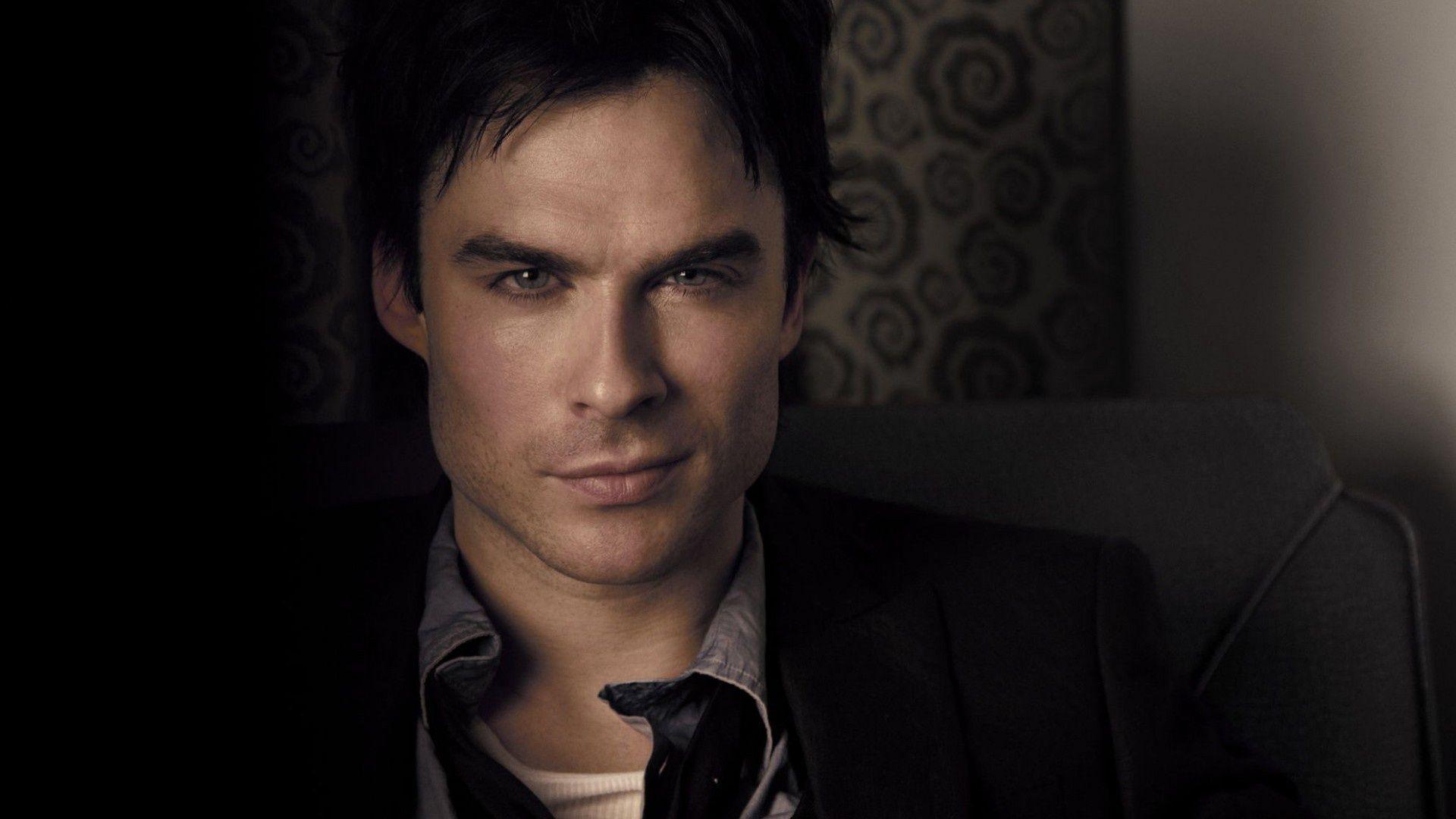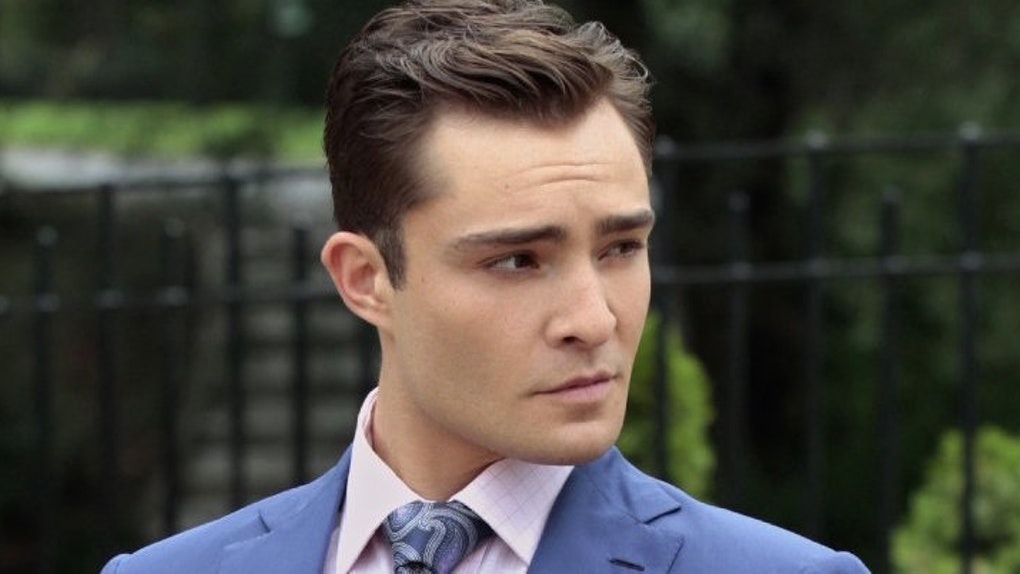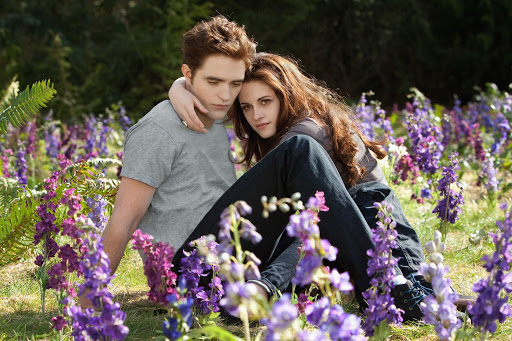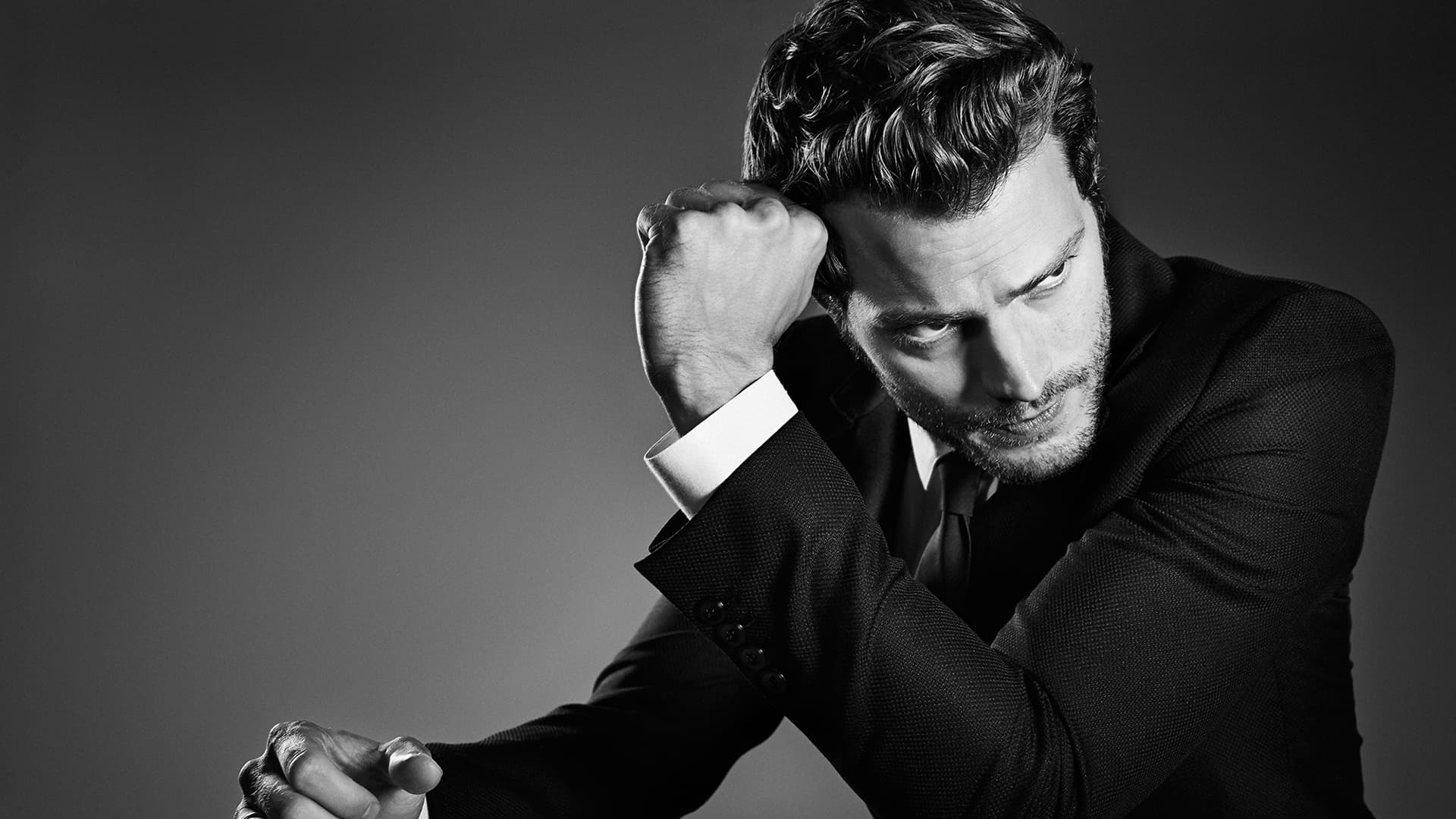The troubled bad boy has become a beloved staple of modern romance fiction. From Grease to Gossip Girl to the newly released 365 Days. We’re tracing the bad boy tropes’ origins, the infatuation with such a character and the harmful ramifications of their romanticisation.

You know the kind of bad boy we’re talking about. The one that Taylor Swift seemed to fall for again and again. They’re ridiculously good looking, don’t care much about school, civilisation or rules. They follow their own path and everyone else be damned. They’re rude, apathetic and forever brooding. Of course, the classic bad boy has a tortured history, a troubled past that humanises them and elicits sympathy from their audience. And guess what? We swoon over them. From Damon in The Vampire Diaries to Chuck Bass in Gossip Girl, there isn’t an onscreen bad boy we’re meant to despise.
The bad boy seems to be a trope that we can’t get enough of, especially the kind that is reformed by the innocent girl who loves him. We root for Caroline and Klaus (The Originals), even though he tried to kill her best friends, we’re desperate for Annette to finally give up her virginity and sleep with Sebastian (Cruel Intentions) despite his history of sexual assault and harassment. Most of the time, it doesn’t even occur to us that Chuck Bass (Gossip Girl) tried raping Jenny Humphrey and Serena Van Der Woodsen or that Massimo (365 Days) is a member of the mafia and literally kidnapped Laura to force her to fall in love with him. Don’t even get me started on the freaky, stalker-ish, sometimes ignorant of the concept of consent, Christian Grey (Fifty Shades of Grey).

The roots of these 21st century bad boys can be traced back to the 19th century with the original, fictional bad boy, Heathcliff (Wuthering Heights). In the 1800s he was labelled a Byronic Hero. The Byronic hero was just as brooding, rebellious and haunted by a troubled past as our modern bad boys. Heathcliff, a bitter, barbarous character, who is inextricably connected to his childhood love, Catherine Earnshaw, has a history of abuse at the hands of his older ‘brother’ and a tortured soul after losing Catherine in a love affair. Despite being an abusive tyrant, his neighbour, Isabella insists she is madly in love with him. When they are married, Heathcliff is physically, mentally and (it is assumed) sexually abusive.
Isabella leaves him after she becomes pregnant because it is hinted Heathcliff will inflict harm on the unborn child. Isabella and Heathcliff have unfortunately foreshadowed a number of future relationships that were a result of a desire to be the lucky girl that reforms the bad boy. Heathcliff is glorified as a romantic figure because of his intense passion and desire for his childhood love, Catherine Earnshaw. They dedicate words, sentences, gifts and their lives to each other. Just like Christian Gray spoils Ana by buying her a multitude of things, Heathcliff acquires their childhood home. The way Edward and Bella (Twilight) declare themselves as irrevocably in love, with the same soul, Heathcliff bellows “I cannot live without my life! I cannot live without my soul!”

You’ll find that every current bad boy plot has a reference to Wuthering Heights. It’s Edward and Bella’s favourite book, it’s also Hardin and Tessa’s favourite in After. It’s a gift from Stefan Salvatore to Elena Gilbert in The Vampire Diaries, Rory Gilmore even affectionately calls Jess Mariano ‘Heathcliff’ in Gilmore Girls. There should be a concern that a beloved romantic figure in popular media is based on such an abusive figure, no matter that his desire and love for Catherine is unparalleled in literary representation. It perpetuates the narrative that men can be reformed, or that their abusive behaviours should be overlooked in favour of special attention.
Unfortunately, not only do we keep rewriting the ‘bad boy’ plot, we’re sexualising it and justifying abusive and rape-y behaviour. The concern isn’t the kind of sex they get up to. BDSM and other forms of ‘rough sex’ have a strong grounding in mutual trust, respect and consent. But a lot of the sex we’re seeing in these texts are not truly consensual, despite what they perpetuate. Consent is not equivalent to submission, so the coercion of Ana, Tessa and Annette in 50 Shades of Grey, After and Cruel Intentions creates a false narrative of consent.
The classic example is 50 Shades of Grey. There are so many instances where Ana feels unsafe, insecure and totally unwilling. Despite her reservations, Grey continues to badger her and send inappropriate emails and gifts before she even signed the contract with him. One scene that rightly infuriated audiences was the time that Ana uses their safe word during sex (a safe word is a hallmark of BDSM, it is used to stop an act and highlight that the person is uncomfortable and wishes to withdraw consent), and Grey ignores her, instead choosing to ‘punish’ her for using it. There are other abusive instances, like the fact that he stalks her every move, taps her phone, sends body guards with her in case she breaks one of his ridiculous ‘rules’ and frequently tells Ana that “no one will hear [her] scream” if she denies him sex. The series will have you believe that’s ‘romance’ but it’s really just plain abuse.

There have been severe consequences for a generation surrounded by these messages. These are that men who show women disrespect actually secretly like her, that stalking is an act of overwhelming love, and that male control is important for a relationship so that it lasts and remains desirable. TikTok, the platform teenagers are currently using has been populated with young girls describing abusive behaviours as ‘romantic’ and ‘sexy.’ There have been disturbing ones where girls fantasise about being grabbed in a choke hold for a forced kiss.
@tara.fornaciari##pov you get kidnapped by an Italian mafia ##365 ##365days ##michelemorrone ##fyp ##BestFriendDay♬ original sound – happyysounds
TikTok’s guidelines have helped filter out the ones that are overly grotesque, but the above example is just as concerning as the plethora of content alike it. The consequences of this fetishization of bad boys is that girls may find themselves in menacing relationships to fulfil such a fantasy. Of course, the bad boys in films are romanticised and given character arcs that construct them as the perfect partner for the innocent, bright-eyed girl that can change him. Entering relationships with the intentions of reforming a partner, or the expectation of abusive behaviours to change is dangerous and can result in hazardous consequences.
The problem is that the media keeps recycling this trope without putting in place boundaries to remove abusive behaviours that are romanticised and without reminding its audience of the unlikelihood of its reality. Indulging in such fantasies by consuming films and novels is not in itself dangerous, it’s when audience members, particularly young girls, aren’t given the tools to critically consider how these plots are constructed for entertainment, and that the behaviours of such men are not excusable or easily reformed.
Unfortunately, I don’t have the answer. What I do know is that staying informed about how such a fantasy can perpetuate harmful relationships, and that educating young girls about the dangers of such behaviours through open discussions in classrooms, at home, amongst friends and guardians, are so important.
Subscribe to FIB’s Weekly Alchemy Report for your weekly dose of music, fashion and pop culture news!






